Dead in the water at Hartley Bay
[contact-form][contact-field label=”Name” type=”name” required=”true” /][contact-field label=”Email” type=”email” required=”true” /][contact-field label=”Website” type=”url” /][contact-field label=”Message” type=”textarea” /][/contact-form]
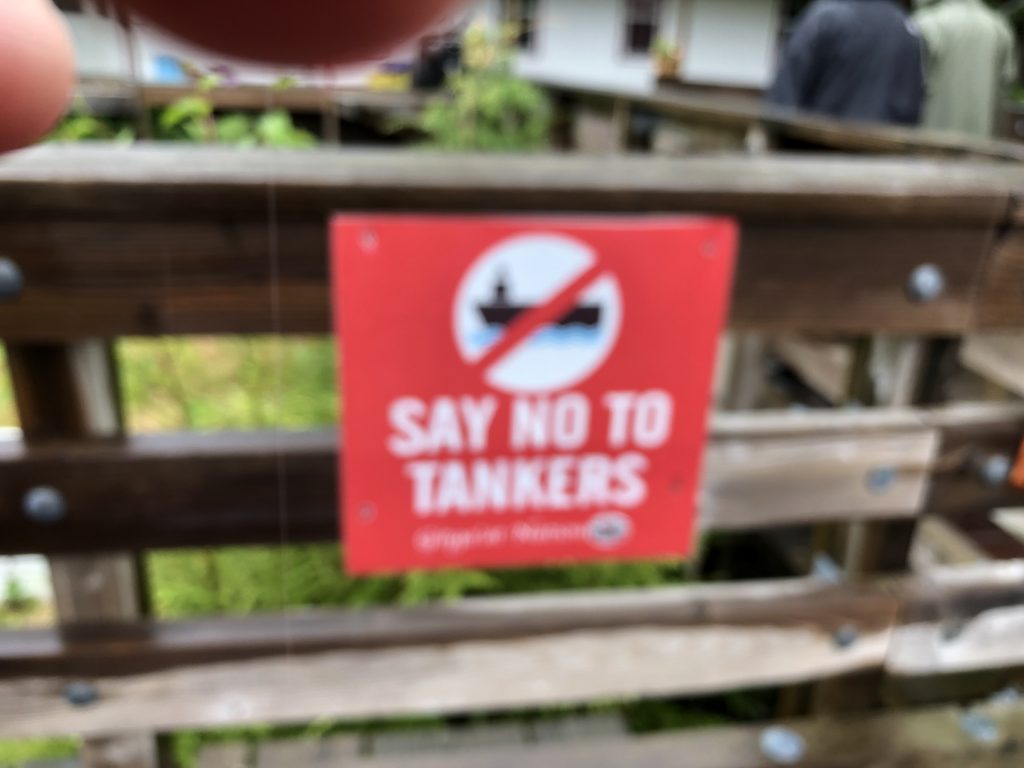
THERE WAS A TACO PARTY at the Hartley Bay dock this afternoon, where a half-dozen boaters are waiting for gas. The 2019 Waggoner Cruising guide alleges fuel is sold weekends at this neat little First Nations village on Douglas Channel. We all believed the guide book—and now we’re waiting for tomorrow, Monday, when it is said gas sales will resume.
This is the last gas stop on the way north to Prince Rupert, and none of the boaters stuck here (some who have been waiting here since yesterday) has enough fuel to proceed.
It doesn’t matter. Sam and I planned to dock here overnight anyway, and we’re tied up right next to the taco party, and have been invited to a strip steak party later this afternoon.
While we waited for gas and steak, we went for a walk around the village. Hartley Bay is home to the Gitga’at Nation. The Gitga’at people Tsimshian, and traditionally a matrilineal society. Clans affiliation, crests, names, and resource gathering areas are inherited from the mother’s side of the family. The village is located at the mouth of Douglas Channel, about 630 kilometers north of Vancouver and 145 kilometers south of Prince Rupert.
According to the Gitga’at website, “The wellbeing of their people is intricately related to the health of their lands, waters, and resources, and the community continues to work to sustain their abundance and richness.” We see some evidence of that in the “Say No to Tankers” signs.
The village’s buildings are connected by boardwalks, and there are no cars—just golf carts and ATVs. This Sunday there are few people on the boardwalks. Fewer than 200 Gitga’at live in Hartley Bay year round, another 450 or so live off-reserve. The only two public buildings opened this Sunday are the little Emmanuel United Church and the community center. The door to the church was open. Worship services are held year round, and there were flowers at the altar and hymnals in each pew.
The door to the community center was open, too. There was a sign, “No restrooms. Please don’t ask,” a reminder that rural public utilities are often limited. There are no public restrooms on the dock or anywhere in town that we could find. So we headed back to the boat.
I haven’t blogged since Alert Bay, and in those five days we have traveled 327.7 nautical miles—for a total of 652.6 NM since the trip began. We have 178 more to go before we reach Ketchikan.
Some of the sights we’ve seen along the way include:
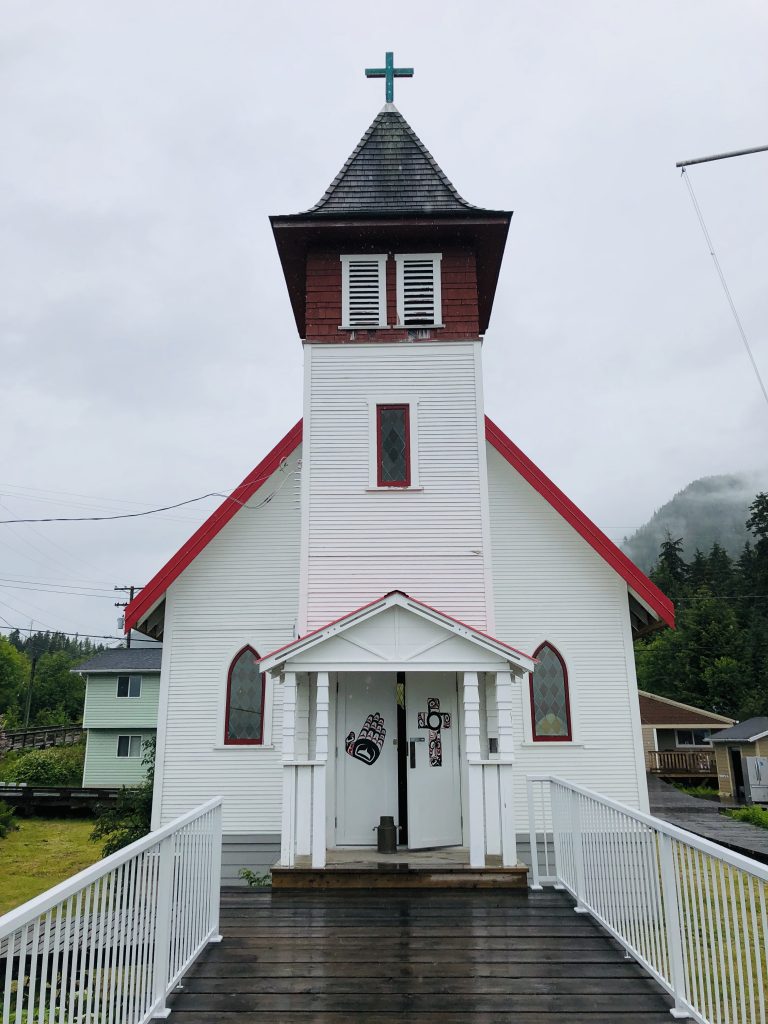

The door to the community center was open. There was a sign—“No restrooms. Please don’t ask”—a reminder that services are generally limited in the small villages along the Inside Passage. There are no public restrooms on the dock or anywhere in town that we could find. So we headed back to the boat.
I haven’t blogged since Alert Bay, and in those five days we have traveled 327.7 nautical miles—for a total of 652.6 NM since the trip began. We have 178 more to go before we reach Ketchikan.
Some of the sights we’ve seen along the way include:
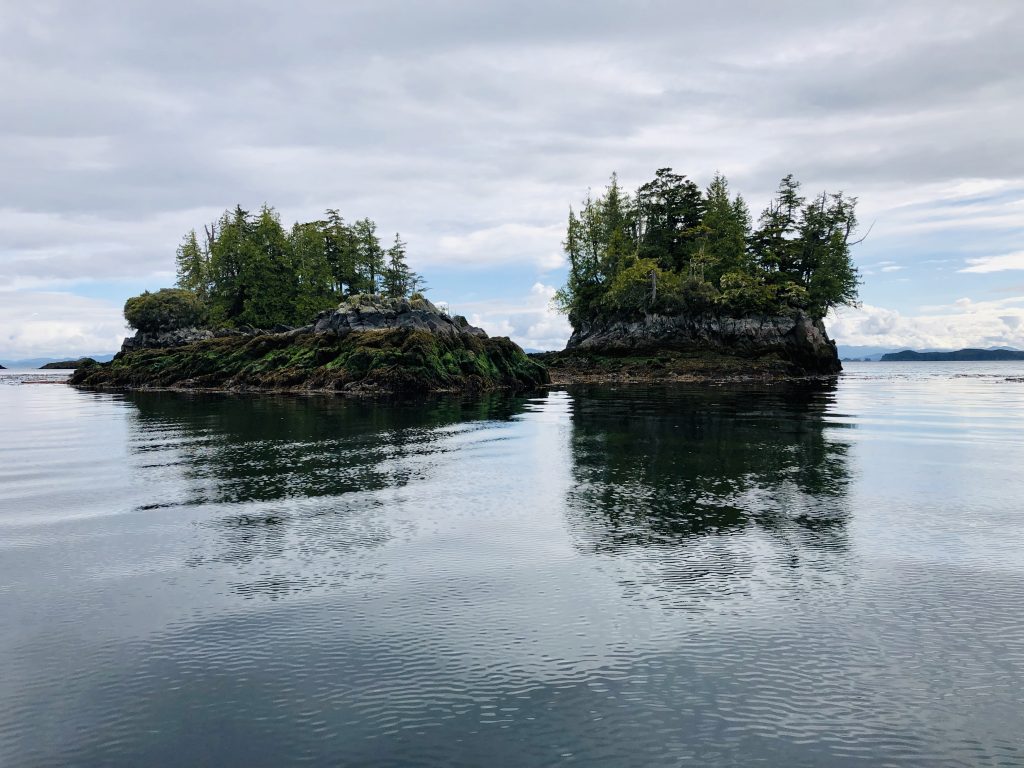
Islets in Queen Charlotte Sound
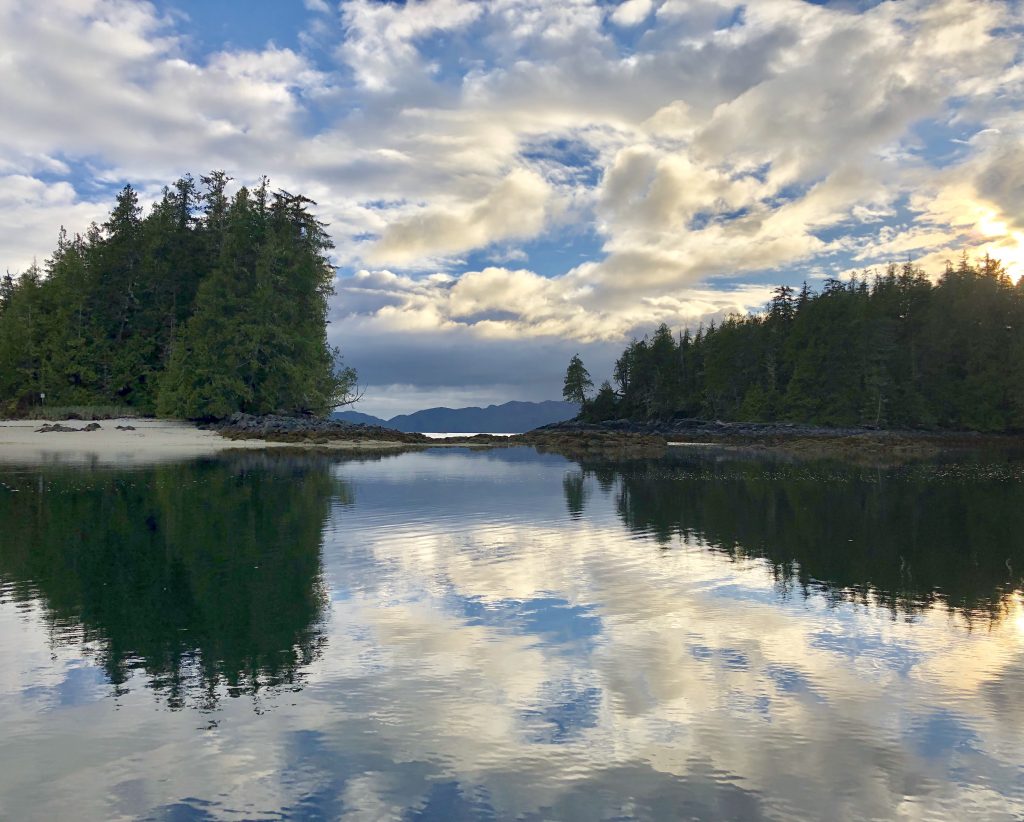
Our anchorage at Fury Cove
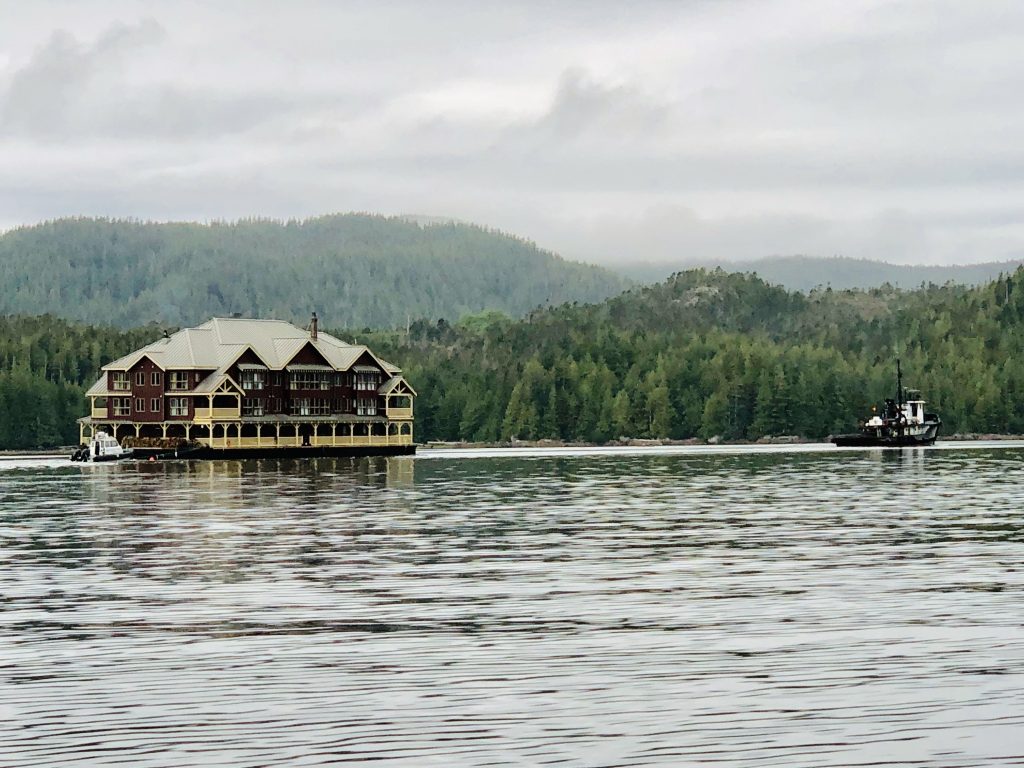
A huge three-story lodge being towed north through Lama Passage, near Bella Bella
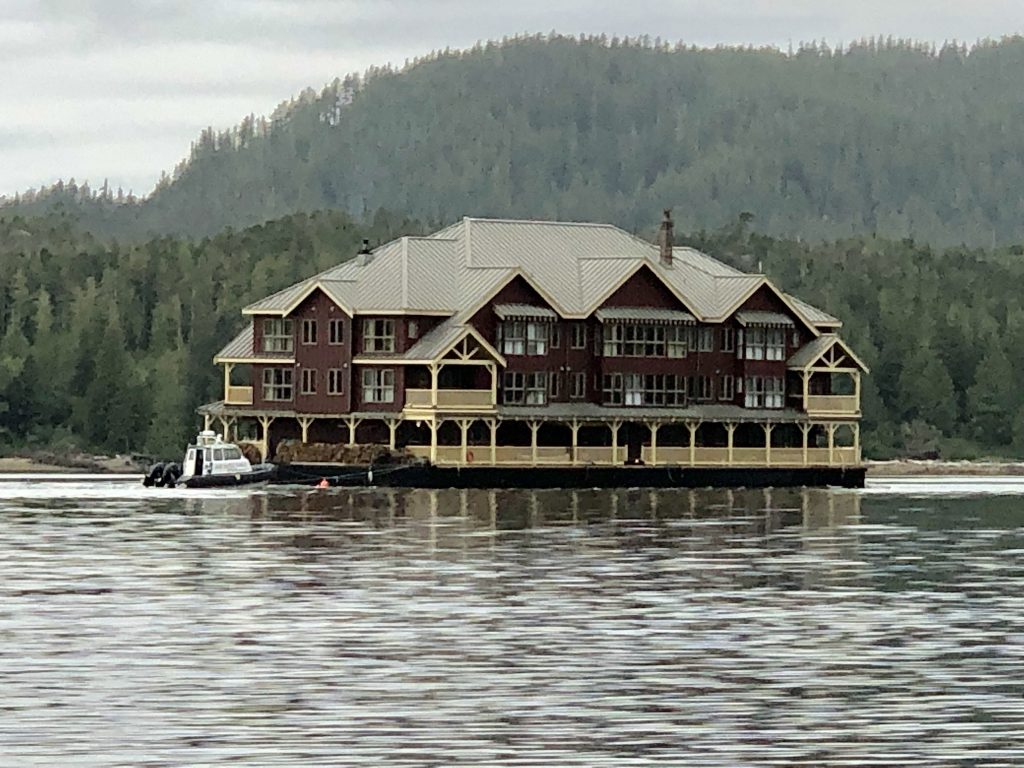
Look at the size of this sucker
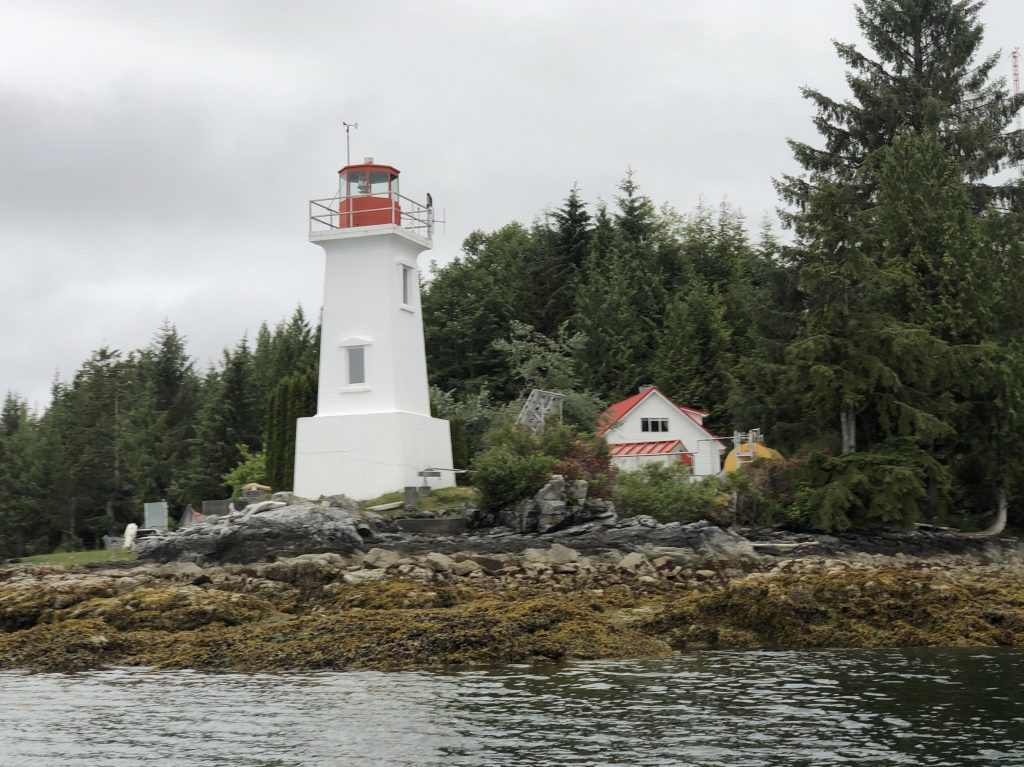
Lighthouse at Dryad Point
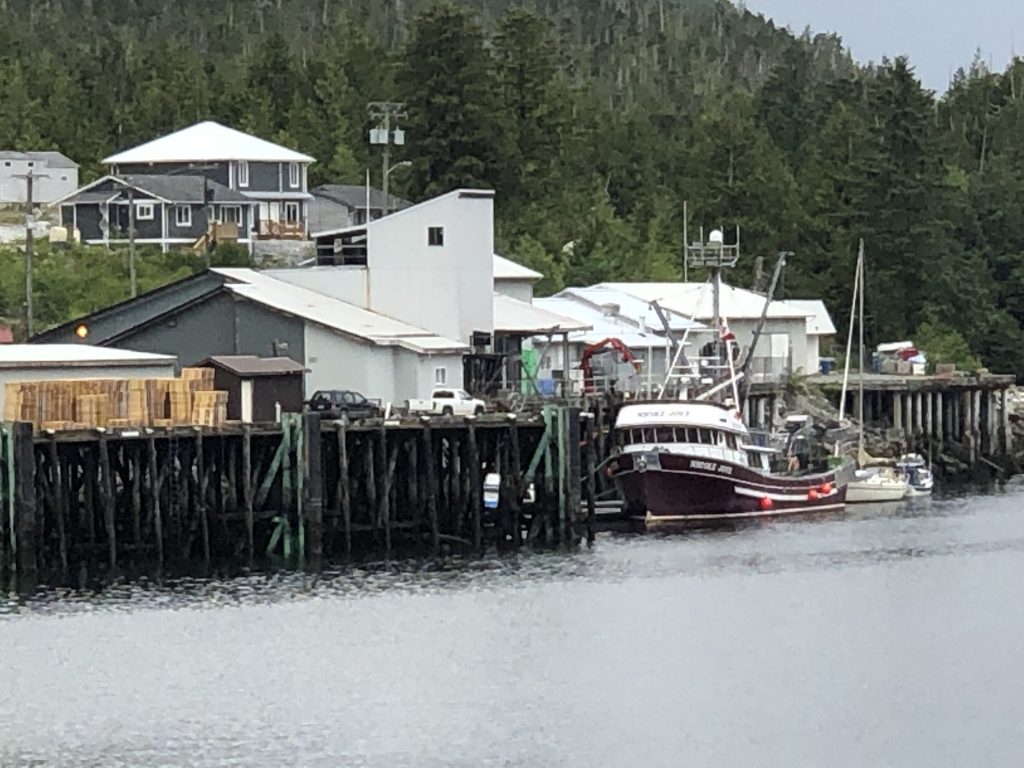
Public dock at Klemtu


Totems, in Klemtu longhouse
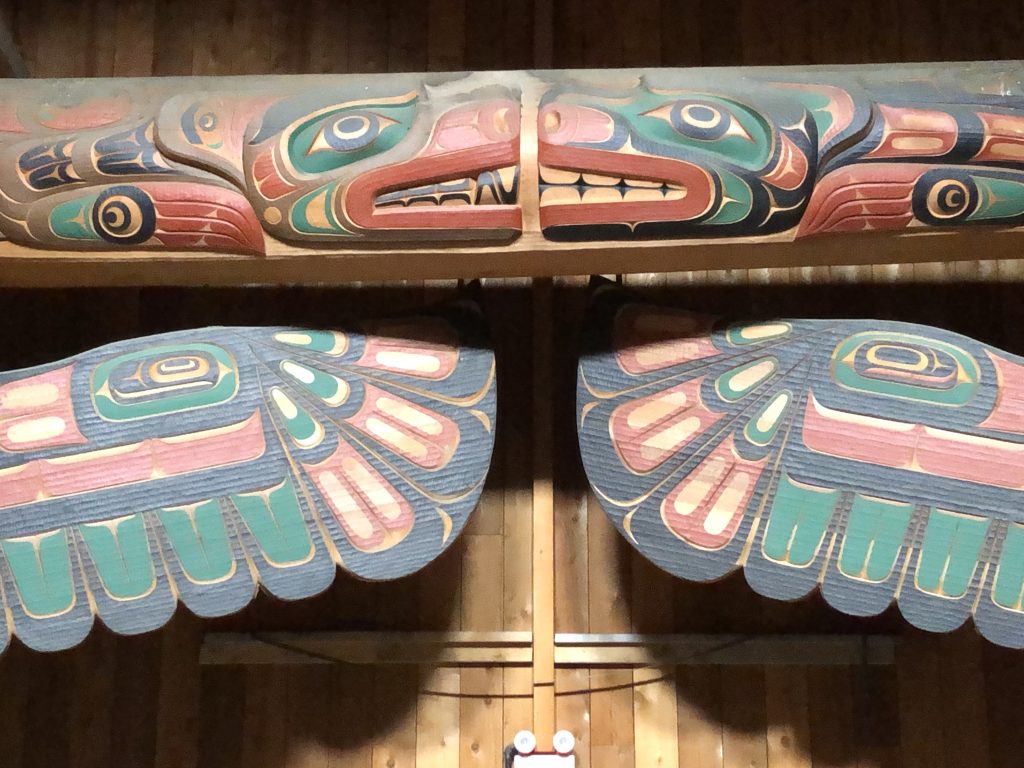
Detail

Our first raven
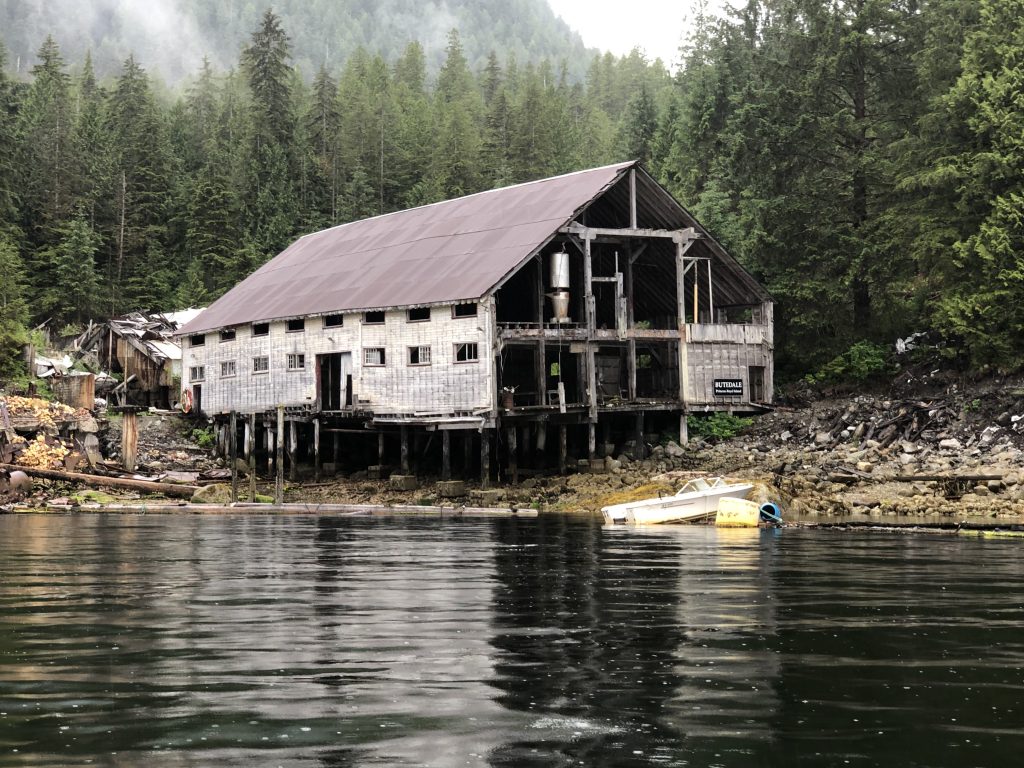
Abandoned cannery at Butedale
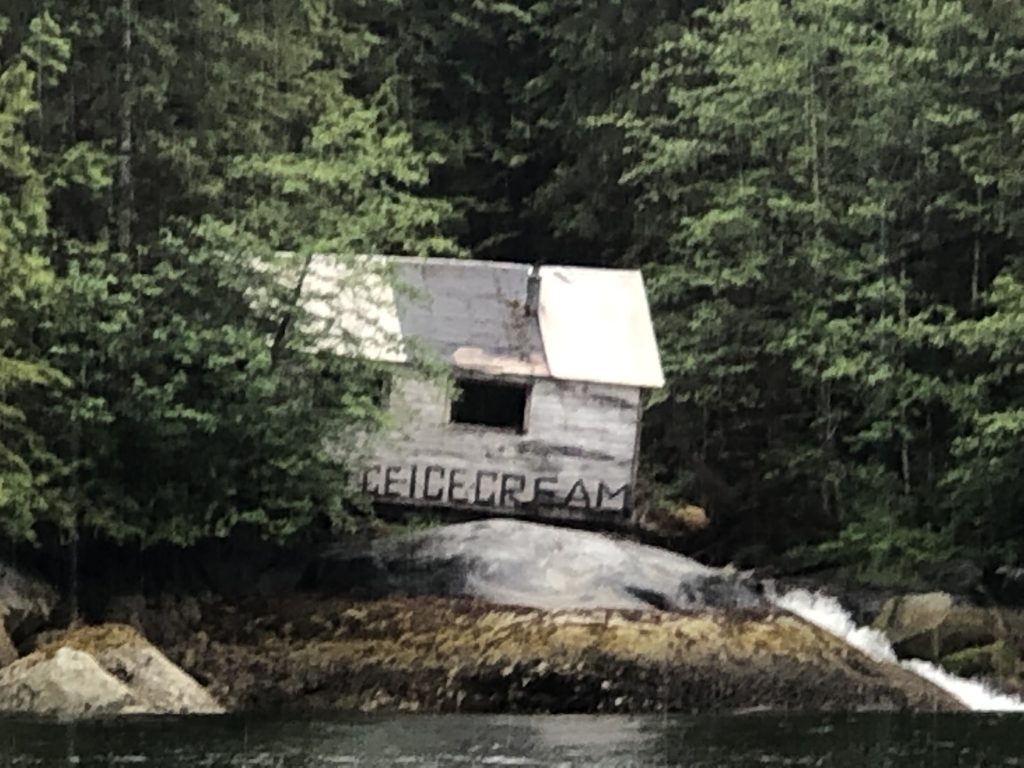
Melting away

Butedale Passage